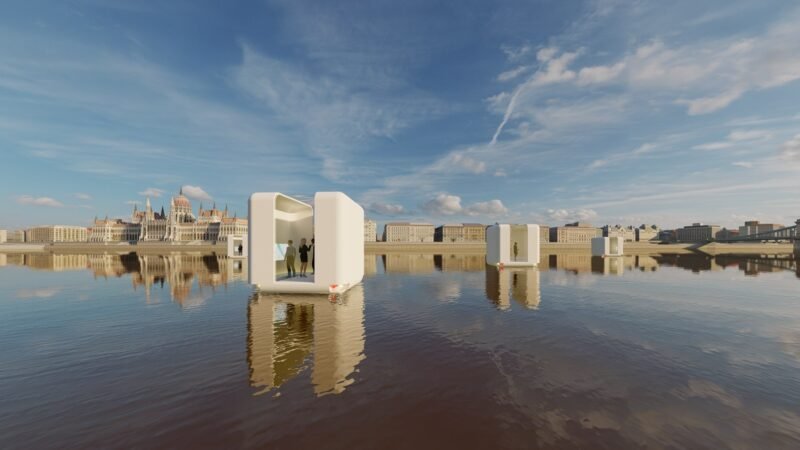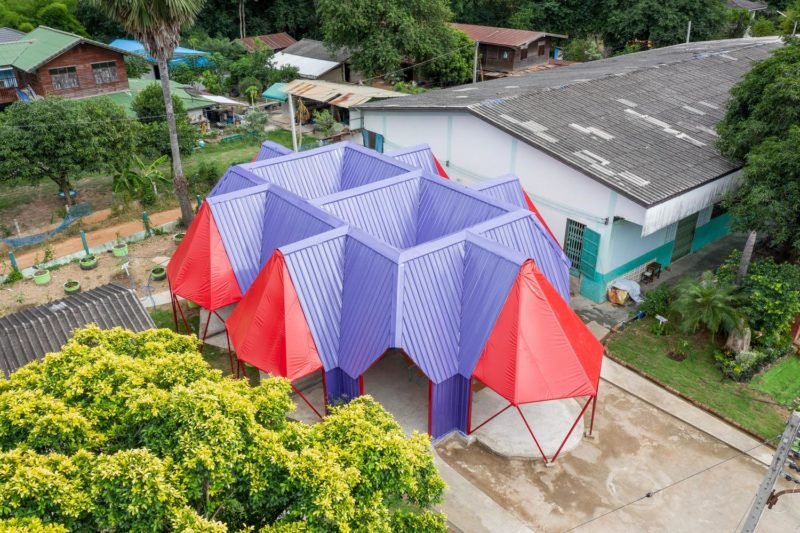Fog And The Architecture Of Water

I am amazed by the physical and cognitive effects of the representation or the simulation of fog in art works. When looking at some paintings by Turner or Whistler, I can actually feel the thickness of the fog in my mouth. I remember well the ‘climatological and sociological’ experiment of Antony Gormley’s Blind Light. Visitors were invited to enter a box (see photograph by Stephen White above) which immersed them in a thick cloud of steam. I could barely breathe and see my hands, I panicked, but I found stillness when someone else’s body suddenly became visible. Mystery, loss of senses, vertigo, disorientation, solitude, suspension, protection… Either natural phenomenon or artificially created, the fog is a landscape of metaphors, it creates unique transient atmospheres or ambiances which inspire many disciplines including architecture.

Recently, the firm AGi Architects built The Secret House in Kuwait City. A steaming garden submerges the house in a fog to keep it cool and hidden from the neighbourhood. The fog is not captured in four walls but it is developed to wrap the building facades and evaporate. In line with Philippe Rahm’s ‘meteorological’ architecture, other projects are exploring the density of fog to propose new ways of looking at architecture, beyond building.

ScanLAB is an ongoing series of experimental projects investigating the use of 3D laser scanning. As The Creators Project reports, their scanner “is not only capable of clearly scanning bio matter, but also the density of all materials, ranging from deep walls to thin sheets of metal.” They even succeeded in scanning smoke and mist for an installation named Slow Becoming Delightful. The magical moment happened in the Kielder Forest, UK.
“Designed to draw attention to the magical properties of weather events, the installation consisted of a series of passively activated pressure vessels linked to an array of humidity tanks. Over a period of time, energy and water is collected and stored. When the ‘ideal’ circumstances were in place a fine mist was dispersed creating a rainbow.”
Architecture of future has to think in terms of impermanence, adapt to and benefit the immediate environment like this Chilean tower which is conceived to absorb a local fog, provide dry places with water and support sustainable agriculture.



